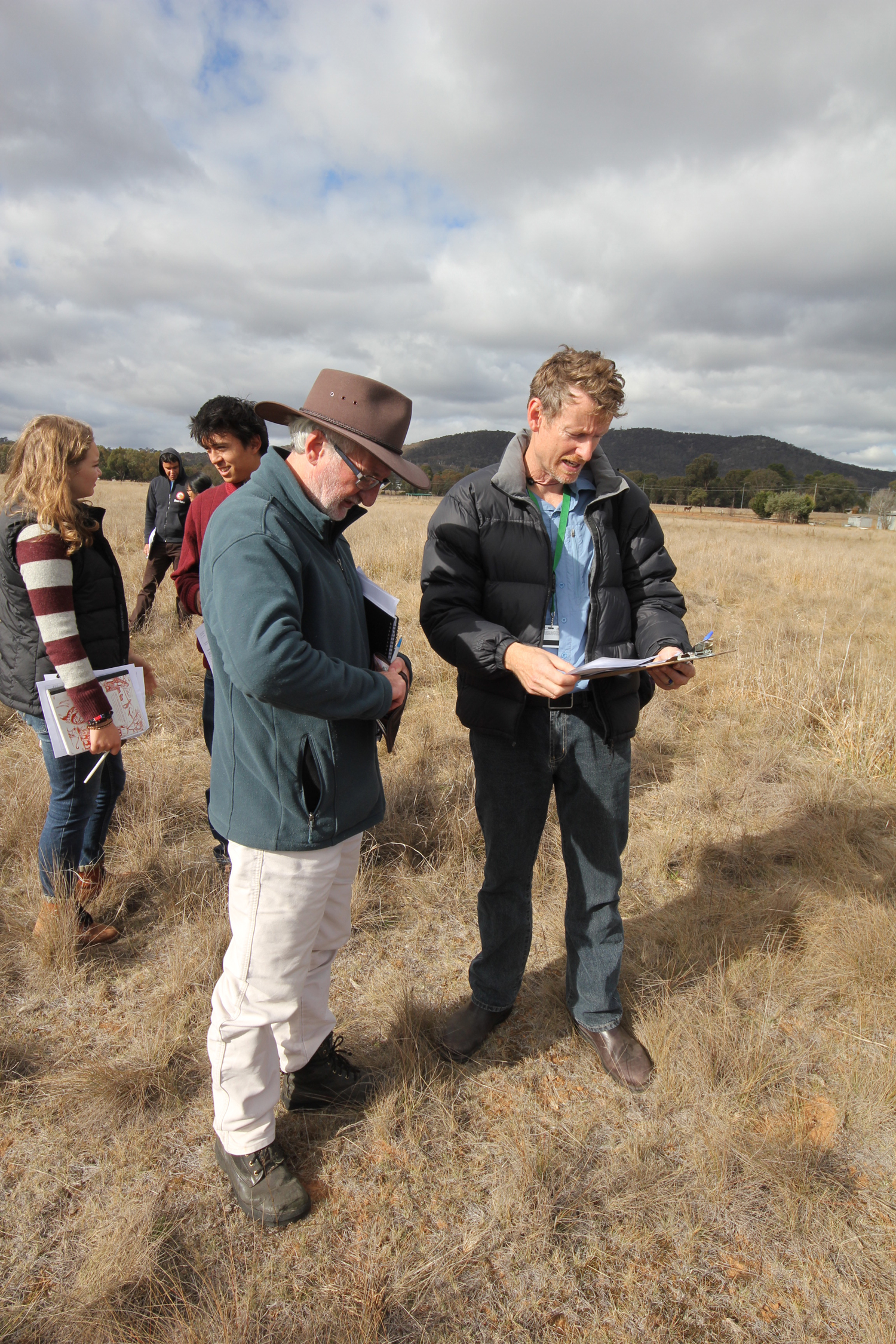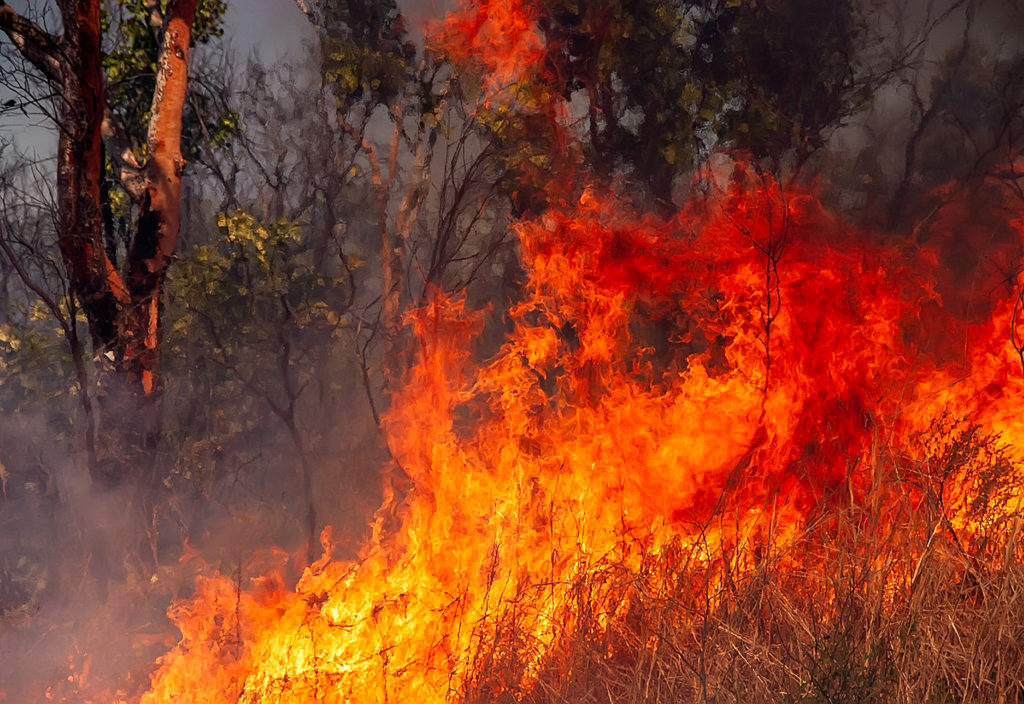As welcome rain extinguishes bushfires up and down the east coast, the debate about how to protect Australia from future fire events is heating up.
Some politicians are calling for more hazard reduction burning while other people have suggested we need to reinstate traditional fire management practices or cultural burning.
create spoke with three experts to learn what role different types of burning can play in protecting Australia from bushfires. All agreed a more nuanced approach is needed to protect people and nature from fire in a drying climate.
Science and strategy
Philip Gibbons is a Professor in Environmental Science at ANU who focuses on research into forest management.
He said prescribed burning or hazard reduction burning is the planned burning of specific areas, conducted in the cooler months to remove fire fuels and reduce the intensity of bushfires. It is typically undertaken by government agencies in collaboration with local fire crews on agreed dates when weather conditions are favourable.
“Hazard reduction burning is not hazard elimination; it does not prevent fires, it reduces the intensity of fires and therefore makes fire suppression easier,” Gibbons said.
He added a lot of nuance about hazard reduction burning gets lost in the inevitable debates that come after bushfires.
“Something lost among politicians and commentators is that the science shows that hazard reduction burning loses its effectiveness if the weather becomes more severe and only has a modest effect on protecting lives and property. It’s not a silver bullet.”

Gibbons conducted the first ever study into links between hazard reduction burning and house losses after the Black Saturday bushfires in Victoria in 2009, and said research supports a move away from area-based targets to a more strategic use of hazard reduction burning.
“Our research showed the area of landscape treated with hazard reduction burning had no bearing on whether a house would survive or be destroyed during Black Saturday. Hazard reduction burning is more effective if undertaken close to the asset you are protecting. It’s not about how much you burn, it’s where you burn that is most important,” he said.
“We found the amount of trees and shrubs within 40 m of a house has more impact on whether a house will be destroyed than hazard reduction burning. If you force government agencies to chase area targets, you put pressure on them to do large hazard reduction burns in areas where it does nothing to protect infrastructure. The states know this and are all shifting away from area-based targets for hazard reduction.”
He said follow-up research confirmed hazard reduction burning has a role to play in protecting people and infrastructure from fires, but said it’s one of several tools and needs to be done more strategically.
“We need to focus hazard reduction burning closer to the assets we want to protect and recognise it becomes less effective under severe weather conditions,” he told create.
“It’s got to be done in combination with other things. You also have to reduce fuels close to your house and have a house that’s adequately designed for fire. Even if you do everything you can, your house can still be destroyed, so early evacuation should be part of every households’ plan.”
Ancient practices foster resilience
Gibbons’ research has focussed on the effectiveness of Western approaches to fire management, but he believes we should also be drawing on Indigenous knowledge for managing forests in southern Australia.
Dr Peta-Marie Standley is a Cultural Fire Ecologist and the Senior Researcher and Program Manager with the Firesticks Alliance, an Indigenous organisation working with Traditional Owners, philanthropists, corporates, conservation and government agencies to reinstate cultural burning across Australia.
In contrast to hazard reduction burning, which focusses on reducing fuel loads to mitigate risk to life and property, Standley said the primary purpose of cultural burning by Indigenous Australians is to “maintain their cultural protocols, ceremony, lore and responsibility to look after Country.”
Like hazard reduction burns, cultural burns are more often undertaken during the cooler months, but they are not planned for specific sites, times or to meet area targets based on maps and GIS systems. Instead they are based on an intimate knowledge of the local ecology and conducted on a smaller scale, when and where they are needed throughout the year.
Cultural burns are also gentler on the landscape and are used to reduce fuel loads and weeds (native or invasive), foster healthy ecosystems and promote the abundance of certain plants and animals for cultural use.
Standley is of the view that cultural burning strengthens biodiversity and said there is definitely evidence it reduces the impacts of wildfire.
She cited the example of an estate in Bundanon, near Wollongong in New South Wales, that was used as a demonstration site during Firesticks’ National Indigenous Fire workshop in 2018. The burns conducted during the workshop helped minimise the impacts from the recent bushfires.
Not only do cultural burns reduce the impacts of wildfires, Standley said they also promote the overall health of ecosystems, making landscapes more resilient.
“There’s now growing scientific evidence of the links between fire, water and weather – we’ve certainly seen that in recent bushfires where there’s been huge firestorms,” she said.
“With cultural fire, it responds to the function of the ecosystem. Cultural fires are conducted with the right levels of moisture and often generate light rain. The right cultural fire stimulates the system, so it recovers at the right time and pulls up wildfires because of the timing of when it was burnt, how it was burnt and the areas that were burnt.”
Future strategies
Luritja man Chris Croker, a mining engineer and Managing Director at Impact Investment Partners, experienced traditional fire management practices growing up in the region and desert communities around Watarrka (Kings Canyon National Park) west of Alice Springs.
Croker said the only time the Country where he comes from has suffered big fires was when the Traditional Owners and the Aboriginal Park Rangers were prevented from implementing traditional fire management. Once the local Aboriginal groups became co-managers of National Parks and Aboriginal Rangers could manage Country traditionally, the big fires were largely stopped.
He believes cultural burning is a particularly relevant tool in a changing climate.
“Traditional fire management practices are very practical, specific to each region and have been practiced by the Anangu people in central Australia for many generations,” he told create.
“It’s very sensible to try to limit these huge fires and one way of doing that is to allow Anangu, who have been trained in the traditional management of fire, to burn with small fires, controlling when fires start, and the extent of the area burnt.
“These smaller fires are lower to the ground and burn undergrowth and fallen litter. Then when you get to a hot dry summer or extended drought, and we have lightning strikes that may cause bushfires, all the underlying litter would have been burnt. We wouldn’t have had the intense fires progressing across the country the way we have recently in New South Wales and Victoria.
“If our climate is getting worse and more extreme, the recent fires may be an example of a reinforcing loop. The conditions have been really bad, which led to these huge fires, they led to a massive release of carbon, which will make the conditions further deteriorate, and then the fires will get worse again. It’s a negative spiral and we need to look at something to break this, and traditional fire management practices is one of those things.”
Dr Standley said there is a role for both hazard reduction burning and cultural burning in protecting Australia from bushfires, but her preference is clear.
“To me, cultural burning is a logical part of the solution and I think it’s really important that as part of this discussion we are having as a nation, we provide Indigenous people the opportunity to demonstrate what they know across a larger area.”
“We need to be enabling the people that have this knowledge to continue to practise it and to pass it on. Not only to their own children and within their own communities as part of their cultural obligation, but also to the wider Australian community.”
